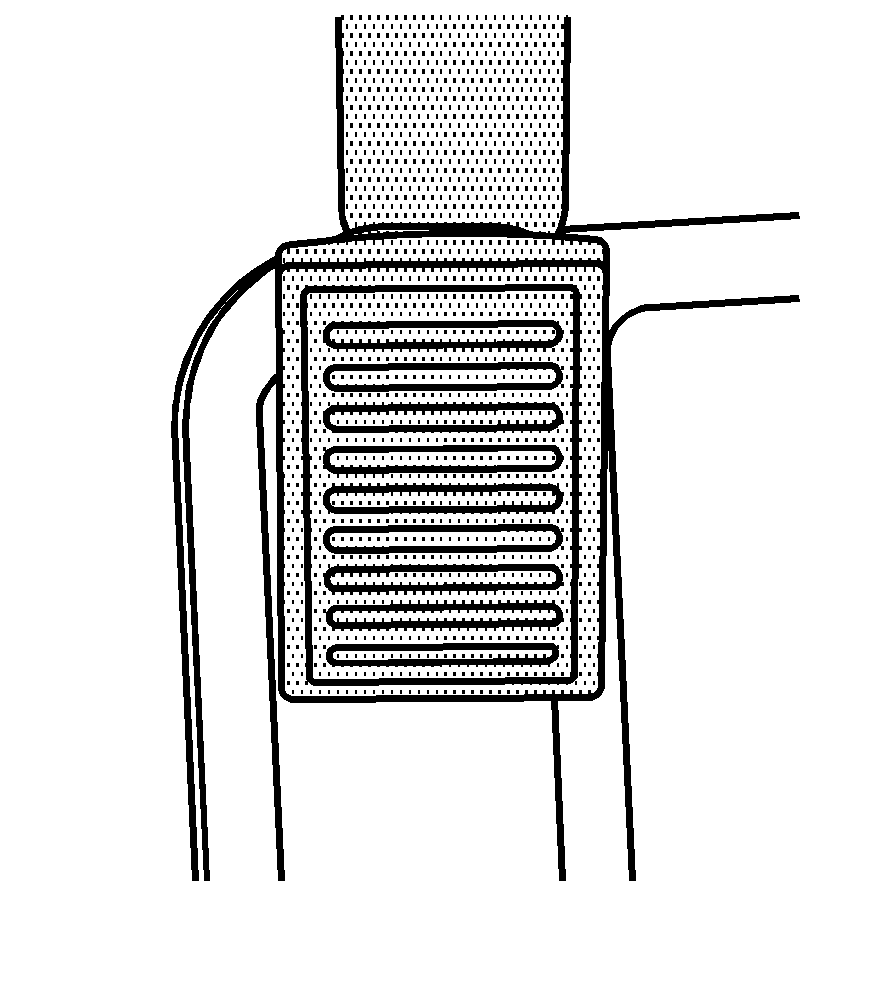
The parking brake pedal is located to the left of the regular brake pedal, near the driver's door.
To set the parking brake, hold the regular brake pedal down with your right foot and push the parking brake pedal down with your left foot.
If the ignition is on, the parking brake indicator light on the instrument panel cluster should come on. If it does not, you need to have your vehicle serviced.
When you move out of PARK (P) or NEUTRAL (N) and the engine is running, the parking brake should release. If the parking brake has not been fully released and you try to drive off with the parking brake on, the parking brake indicator light will come on and stay on.
If the parking brake does not fully release, you can manually release the pedal. However, be sure to read the following paragraphs:
Caution: Always shift to P (Park) before pulling the manual release lever. If your hand or arm is in the way of the pedal you could be hurt. The pedal springs back quickly. Keep your hand and arm away when you use the manual release lever.
Before releasing the manual parking brake, be sure to put the vehicle in PARK (P) and turn the ignition off.

Reach under the driver's side of the instrument panel and pull down on the manual release lever, which is located behind the parking brake pedal. Pull down on the yellow tab as shown by the arrow in the illustration. If the parking brake does not release, you should have your vehicle towed to your dealer for service.
Notice: Driving with the parking brake on can overheat the brake system and cause premature wear or damage to brake system parts. Make sure that the parking brake is fully released and the brake warning light is off before driving.
